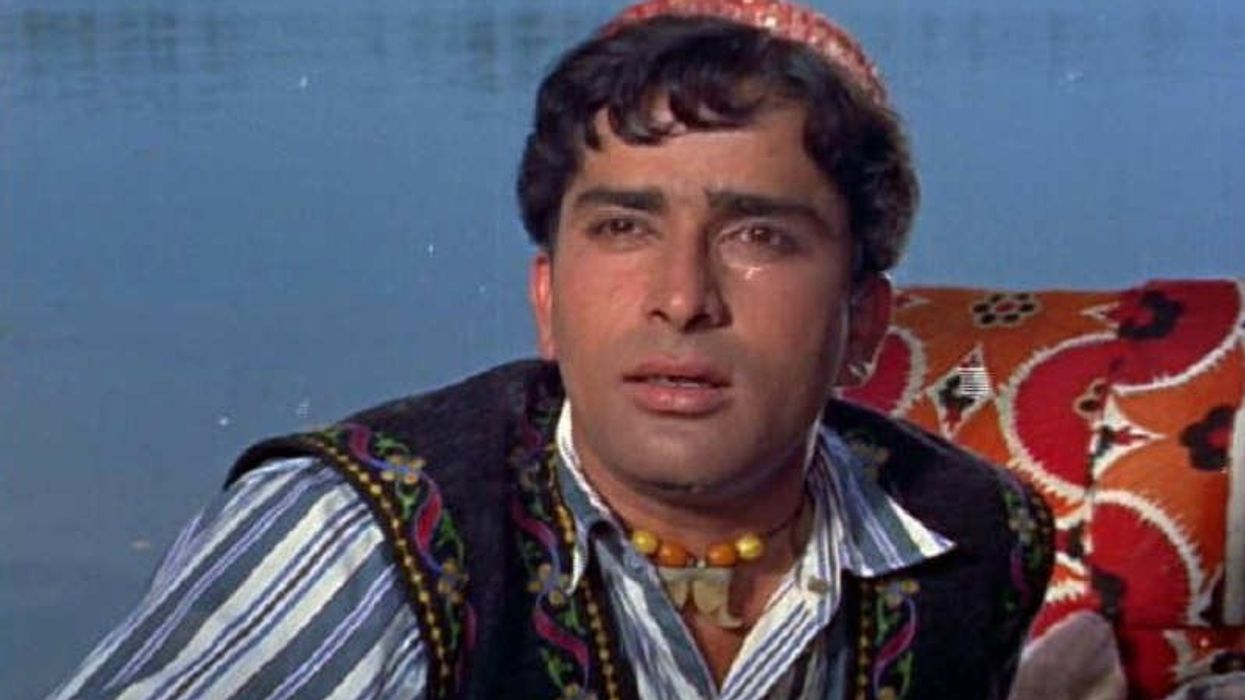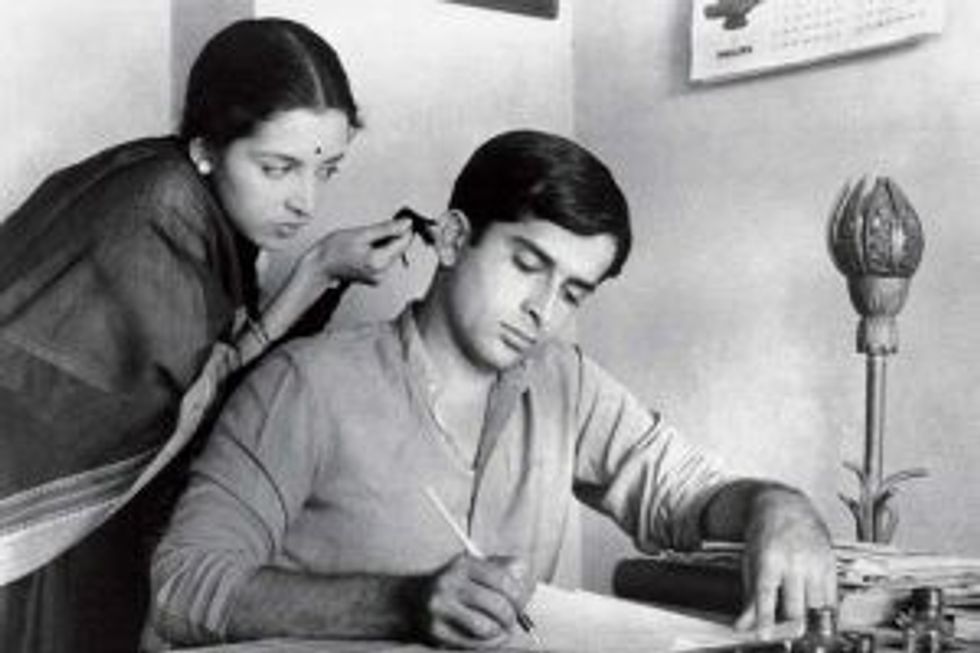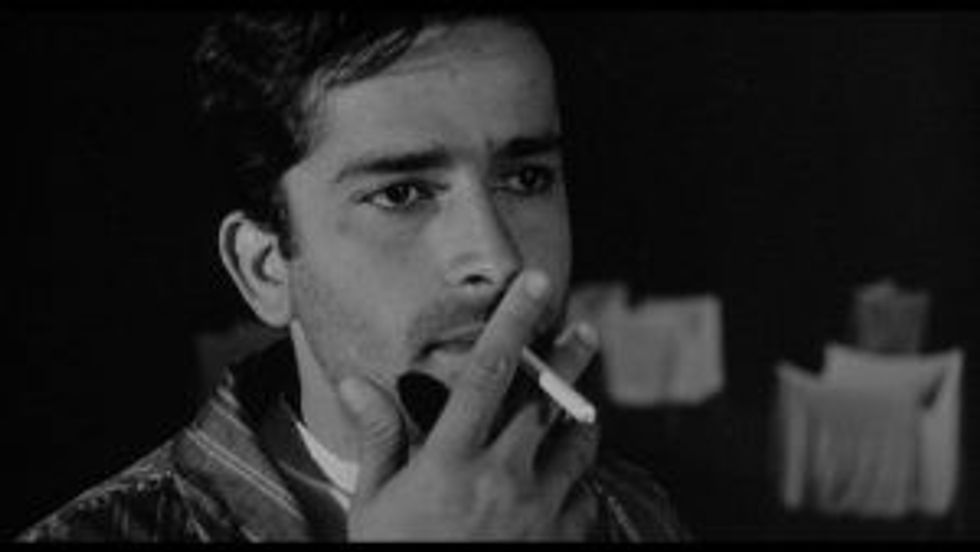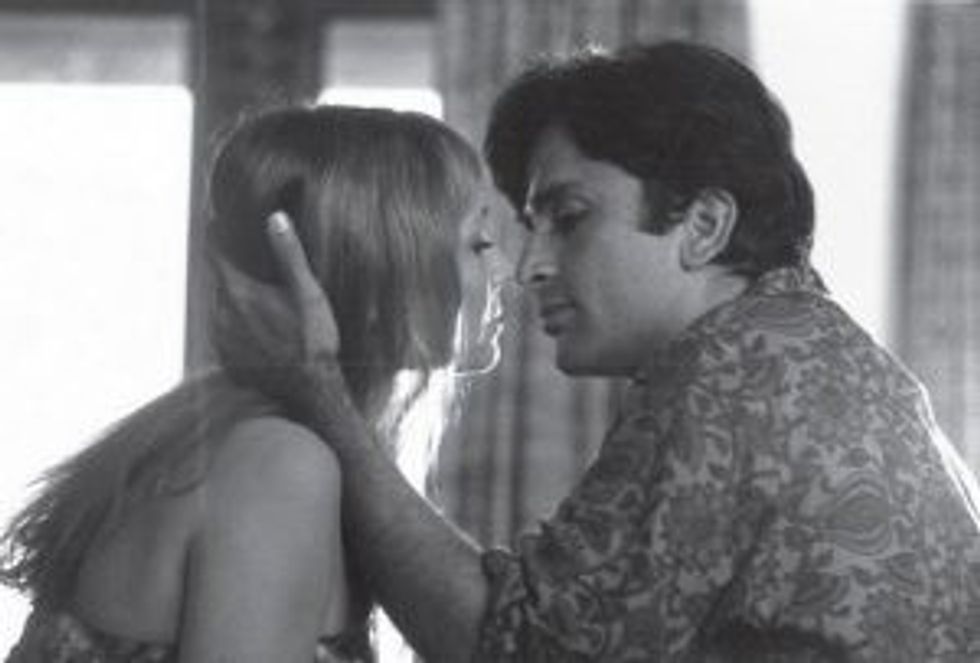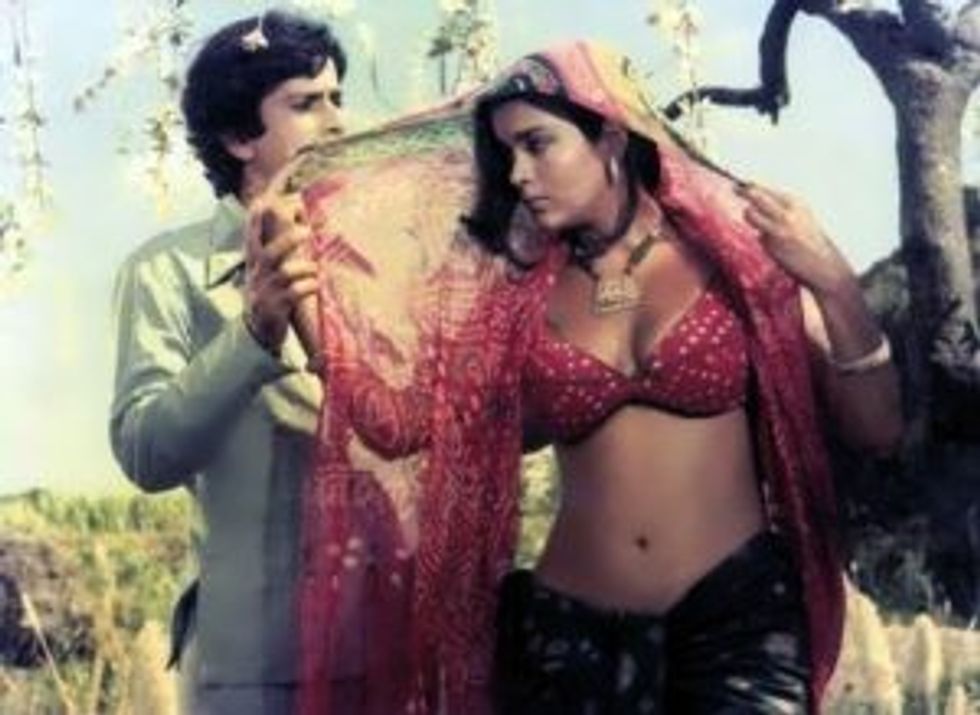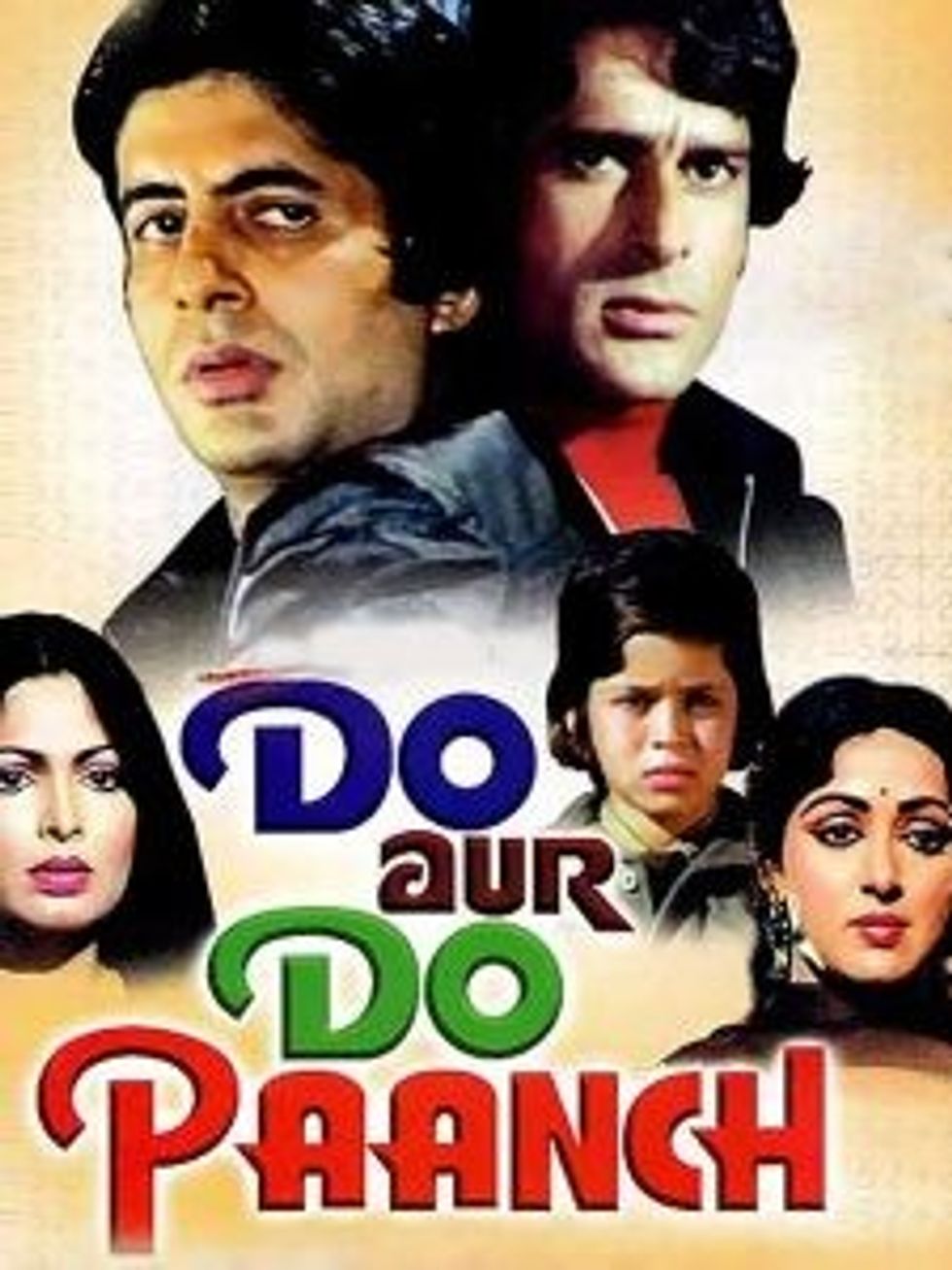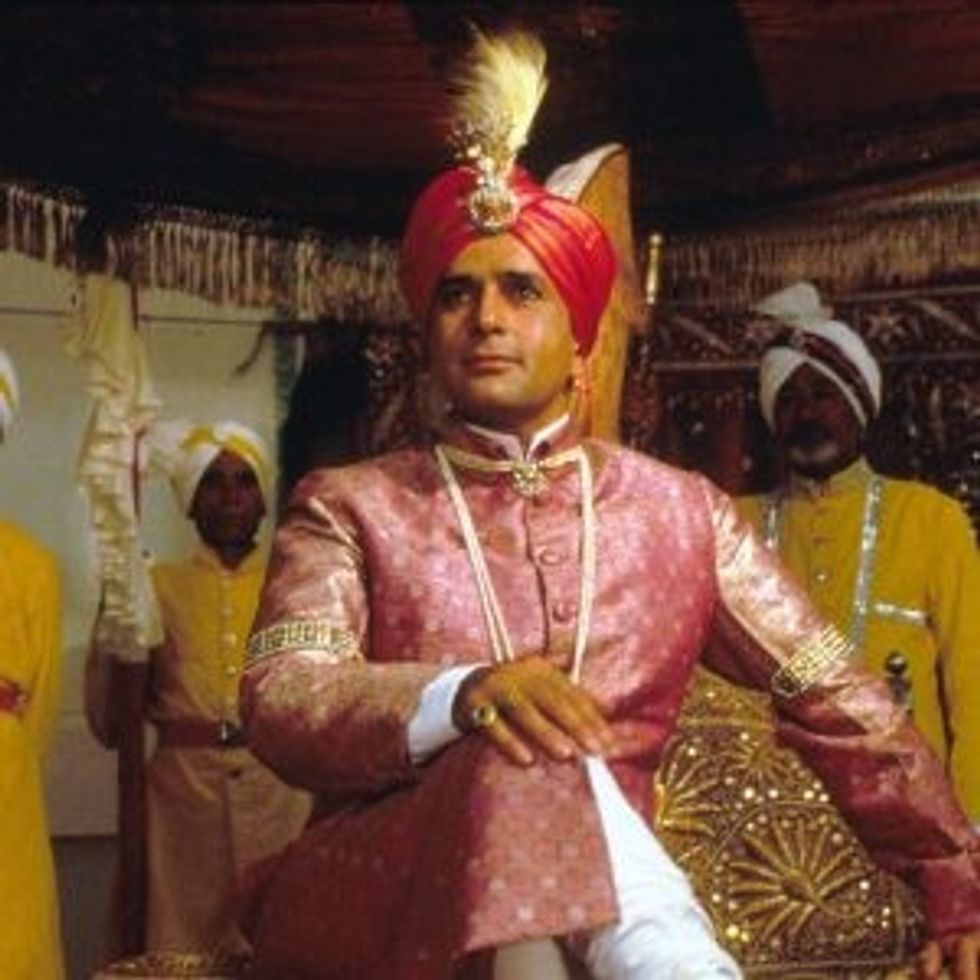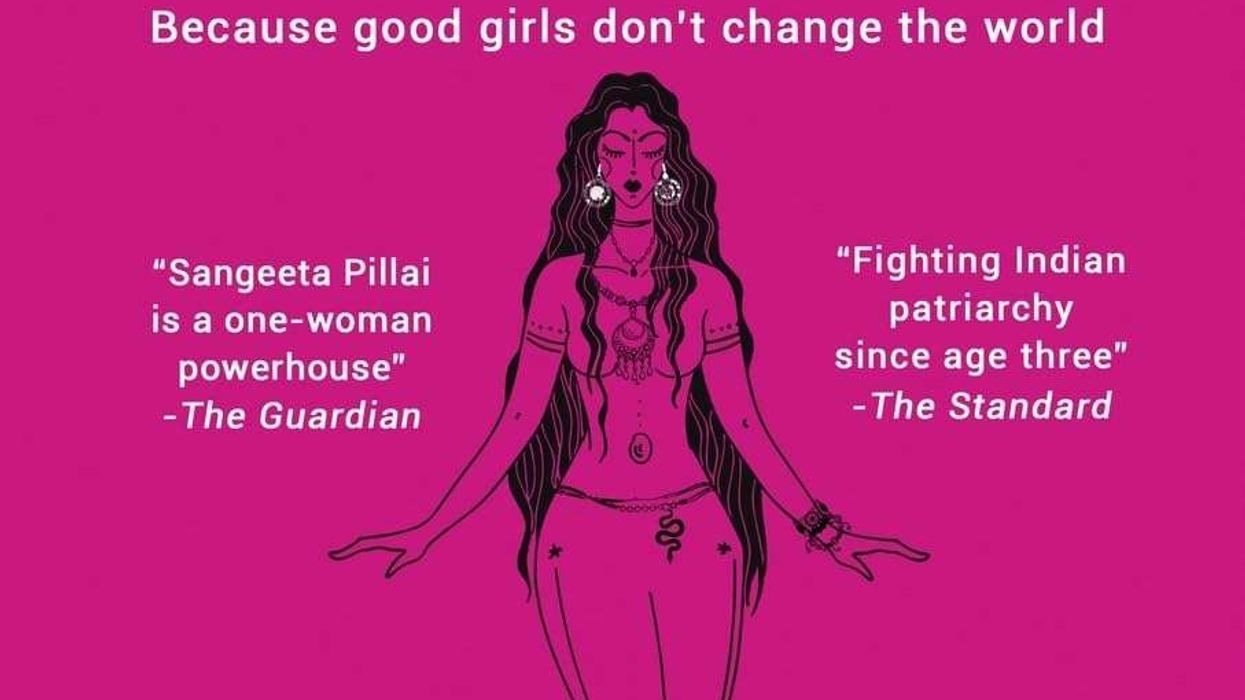BIRTH ANNIVERSARY SPECIAL TO CELEBRATE THE POPULAR ACTOR’S ILLUSTRIOUS CAREER
by ASJAD NAZIR
THIS month marks the birth anniversary of legendary Indian actor Shashi Kapoor, who was born on March 18 and passed away on December 4, 2017, aged 79.
A part of the legendary Kapoor dynasty of Bollywood, he is widely regarded as one of the most handsome Indian movie icons in history and distinguished himself with a wide array of roles in all-time great films. The naturally gifted actor was also the first major Indian movie star to build a bridge with the West by acting in international projects. That is why he left behind a brilliant body of work, which is perfect to add to any lockdown watchlist.
Eastern Eye decided to celebrate Shashi Kapoor’s birth anniversary with his top 20 films, in chronological order.
Dharmputra (1961): After appearing in films as a child artist, Shashi Kapoor made his debut as a leading man in this big-screen adaptation of a novel of the same name. The second directorial outing of legendary filmmaker Yash Chopra was the first commercial Hindi movie to revolve around Indian partition and was way ahead of its time in terms of the themes it covered.
The Householder (1963): The path-breaking movie that launched legendary international film banner Merchant Ivory Productions was Shashi Kapoor’s English language debut. The acclaimed movie tells the simple tale of a young couple coping with the pressures of married life and trying to negotiate outside interference.
Shakespeare Wallah (1965): The actor teamed up with Merchant Ivory again for this film loosely based on his father-in-law Geoffrey Kendal’s travelling theatre company, which performed William Shakespeare’s plays across India. He stars opposite his sister-in-law Felicity Kendal in the critically acclaimed film of cross-cultural art and romance.
Waqt (1965): The massively influential film reintroduced the lost-and-found formula back into Bollywood in a big way. The biggest hit of 1965 revolves around a family, including three sons, who get separated during an earthquake and grow up in different circumstances. The Yash Chopra classic also popularised the multi-starrer in a big way.
Jab Jab Phool Khile (1965): The second highest grossing Bollywood film of 1965 is a romantic drama revolving around a rich heiress who falls for a poor village guy during a holiday. The musical love story, which saw Kapoor star opposite Nanda, would inspire 1996 mega-blockbuster Raja Hindustani in a big way.
Suhana Safar (1970): Bollywood has always loved a romantic road movie and this underrated classic is one of the better ones. Kapoor stars opposite Sharmila Tagore in the story of unconnected individuals thrown together, who gradually fall in love. The film includes some great musical numbers composed by Laxmikant–Pyarelal.
Bombay Talkie (1970): Kapoor continued his successful association with Merchant Ivory productions with this English language movie, which saw him star opposite his wife Jennifer Kendal. The comedy-drama saw him play a married Bollywood actor who has an affair with an author researching Hindi cinema.
Chor Machaye Shor (1974): Although this film is best remembered for the top track that inspired the title of record-breaking 1995 film Dilwale Dulhania Le Jayenge, it was so much more than that. The actor stars opposite Mumtaz in the multi-layered story of a wrongly convicted man who escapes jail and with inmates goes on to make a difference.
Deewaar (1975): Kapoor delivered some of his biggest hit films with Amitabh Bachchan, and this was their best. One of the greatest movies in Bollywood history revolves around two brothers brought up by a single mother, on opposite sides of the law, who are on a collision course. The film has many standout moments, including some of the most iconic and often recited dialogues.
Kabhi Kabhie (1976): He may not have had a huge role in this legendary multi-starrer, but it was significant enough to make a huge impact. The multi-layered story of love, heartbreak and poetry has connected with different generations since it released and remains one of Bollywood’s all-time greatest movies.
Satyam Shivam Sundaram (1978): The Raj Kapoor directed romance was way ahead of its time when it released and remains an all-time classic. Kapoor stars opposite Zeenat Aman in the story about inner and outer beauty, along with physical and spiritual love. The cult classic has the same impact over 40 years later and still has the power to bring out all the emotions.
Junoon (1979): Kapoor produced and starred in this National Award-winning film set around the Indian rebellion of 1857. He heads an impressive star cast in this Shyam Benegal directed classic that found the middle ground between commercial and artistic cinema, and sheds light on an important chapter in Indian history.
Suhaag (1979): The masala potboiler has everything from songs, comedy, romance and family drama to action. The multi-starrer once again saw Kapoor and Amitabh Bachchan play brothers on opposite sides of the law. The strong star cast includes Rekha and Parveen Babi. An honourable mention to Shaan, which released the following year and has a similar genre.
Do Aur Do Paanch (1980): The hilarious action comedy sees Kapoor and Amitabh Bachchan portray two rival thieves, who get jobs at a private school in order to kidnap the son of a wealthy man. The film, which also stars Parveen Babi and Hema Malini, is loaded with standout comedy moments that will still make you laugh out loud.
Kalyug (1981): Kapoor produced and played the lead role in this Shyam Benegal directed drama, which would go on to win a Filmfare Award for Best Movie. The critically acclaimed movie of a family feud that slowly goes out of control has a complex story, which has standout performances from a strong cast.
Namak Halaal (1982): The third highest grossing film of 1982 was later remade in different languages. Kapoor stars alongside Amitabh Bachchan, Smita Patil and Parveen Babi in the masala comedy of a waiter and a hotel owner, who share a connection. There are plenty of laughs, standout musical numbers and action in the classic entertainer.
Heat And Dust (1983): The British film was another dream collaboration with the internationally acclaimed Merchant Ivory banner. Based on a novel by screenplay writer Ruth Prawer Jhabvala, the lavish film with a strong star cast, has two stories set across different time periods about illicit cross-cultural affairs.
New Delhi Times (1986): The political thriller written by Gulzar won a number of honours, including a National Best Actor Award for Kapoor. Another of the actor’s films that was ahead of its time looked at corruption in politics and media. Although it was an Indian production, it was framed very much like an international feature.
Sammy and Rosie Get Laid (1987): The taboo-busting British film directed by Stephen Frears and written by Hanif Kureishi is the story of a promiscuous couple Sammy and Rosie, which is complicated when his father arrives. The acclaimed movie shocked audiences and offered them the kind of story not seen before when it released.
In Custody (1993): The movie based on a Booker Prize nominated novel of the same name won Kapoor another National Film award for his performance. The simple story with deep metaphors revolves around a lecturer, played brilliantly by Om Puri, who goes to interview a poet (Kapoor) he is a huge fan of and learns some hard truths.
